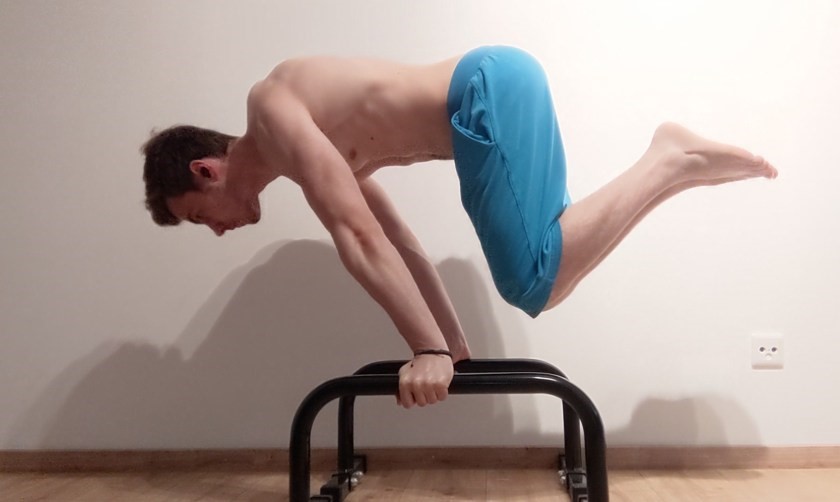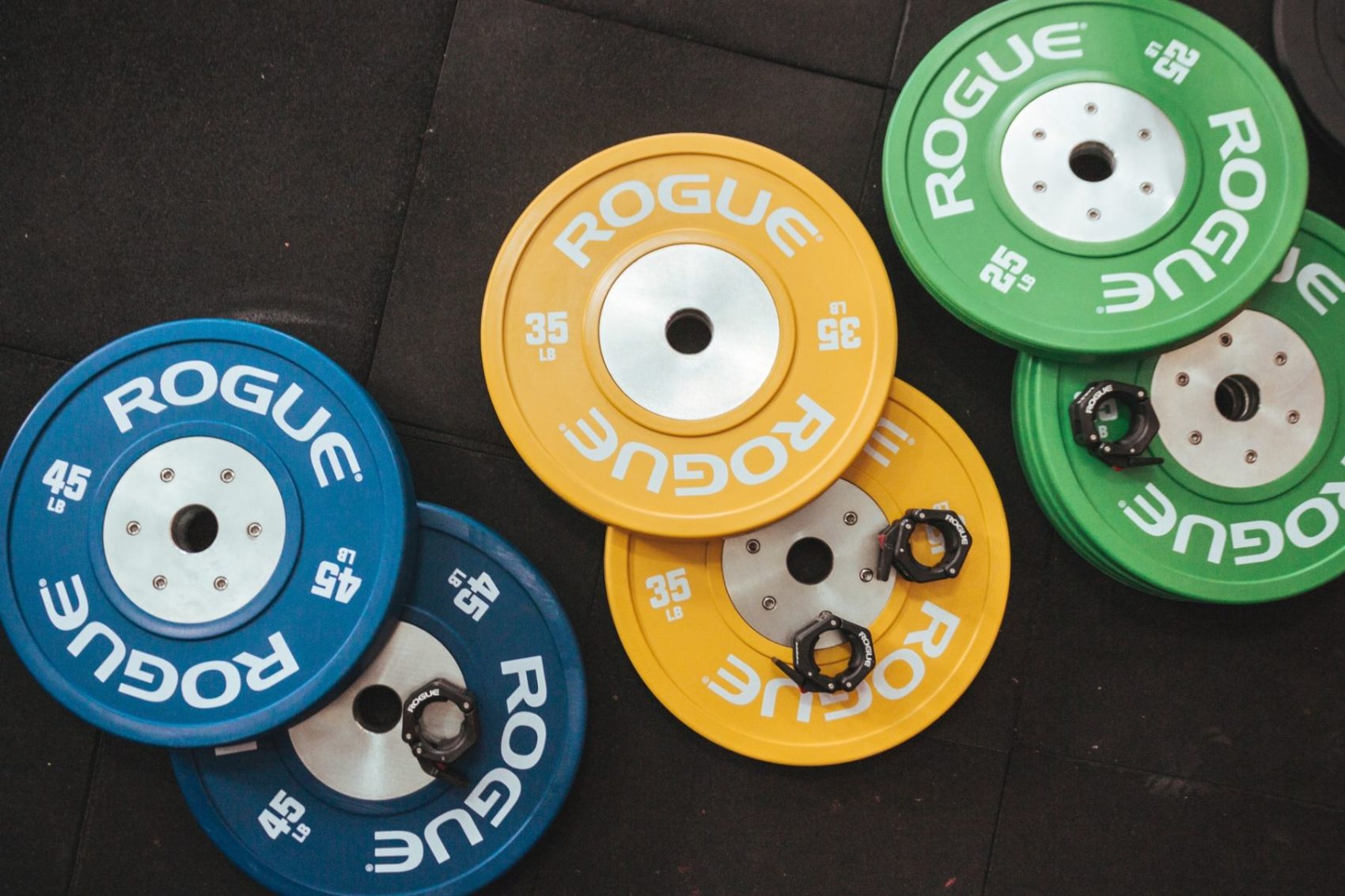The planche is one of the hardest moves in calisthenics. In order to do a planche, you need to have extreme levels of strength and body control.
First of all, you need to know you can’t just jump into the movement and expect to do it right away. Working on gaining strength and working on the progressions is key to unlock the planche.
So in this article, you will discover the best way to build up the strength to do the full planche and all the planche progressions.
What Muscles are used in the Planche?
When doing the planche you active almost every muscle of your body. Here are some of the muscles that are being activated, the bold one’s take up the biggest part:
– Biceps
– Abs
– Shoulders
– Chest
– Hips
– Glutes
– Forearms
– Wrists
– Lower Back
The Right Way to learn the Planche
The best advice I would give myself 3 years back, when I was trying to learn how to planche, would be to focus on building straight arm strength.
Most people have enough bent arm strength, but you rarely see people having enough straight arm strength, and the people that do have this kind of strength, are usually gymnasts or high-level calisthenics athletes.
That makes sense because let’s think about it, when was the last time you did an exercise that required straight arm strength?
Almost none of the traditional exercises require you to put yourself into a position where straight arm strength is required.
This is the reason why planche can be so hard and takes months or years for people to master. You literally have to start from scratch. The whole idea is to strengthen your tendons around the elbow area to make you able to hold your entire body.
Start Building Straight Arm Strength
Before I start showing the right form and all the planche progressions, I want to show you a few exercises that anyone can do to start building straight arm strength safely.
Again do not jump into the planche immediately. Not only is this not the best way to learn it but it can also cause an injury.
#1 Resistance Band Front Raises

In this picture, you can see how to perform the exercise with resistance bands*. These tiny helpers can aid you in many movements. Notice how my elbows stay completely locked throughout the entire movement.
#2 Plank Leans

I would recommend sticking to these movements for a few weeks until you feel comfortable performing 20-30 reps. Use Paralettes* to avoid excessive stress for your wrists or turn your hands facing sideways.
The actual Planche Progressions
After you have gained the strength to perform the exercises above its time to move on into the real planche progressions. In this one, we are not going to focus on reps, but time instead.
You should be able to hold a progression for at least 20-45 seconds before moving to the next one.
#1 Plank Leans

#2 Tucked Planche

#3 Advanced Tucked Planche

#4 One Leg Planche

#5 Full Planche

The Correct Form and Additional Tips
If you are starting out, I would recommend using parallettes*. This will make your feet touch the ground which will make everything easier. Since you can get in the correct form before even lifting your shoulders.
However, if you only have dip bars* or you want to practice at the floor the same tips apply.
The best way to get into the planche is from an L-sit position. This will give you a little swing and will make it easier to go into the planche form. After that, you just want to focus on the following tips to hold the planche.
#1 Scapula Protraction
Scapula Protraction means that your shoulders should be pushed down. This will make you have more control over your shoulders which are needed to stabilize the Planche.
#2 Focus On Leaning Forward
The first step is to lean as forward as much you can without losing the straight arm position. Once you lean forward you will feel the tension in your biceps and front delts.
#3 Lift Your Hips and Legs
Once your upper body is in the right position it is time to bring up your lower body. Bring your hips up first and then the legs. Make sure to squeeze your glutes and make the toes pointing out. This will also help you with better body control.
#4 Use Your Wrist To Regain Control
What I see many people struggle with when doing the planche is falling forward when lifting their feet and getting into the leaning position. The reason for that is because of the lack of wrist control. You can regain your balance through wrist division. So the next time you fall on your planche try to squeeze the bars and regain control by pushing forward with your wrists.
How long will it take to master the Planche?
There is no right answer to that question. It comes down to your own level. Some people might only need 2 months and others might need a year to master it
Staying consistent, patient, and not giving up is the secret to unlocking the planche. The cool thing is, now you know everything there is about the planche and how to do it. All you have to do is put the work in.
When to train the Planche?
When it comes to skills in calisthenics, it is always better to train at the beginning before you do the main workout.
The reason for that is because you want to have the maximum strength when training any skills and to also see if you have made any progress for the last time. To be more specific for planche its better to train at the days where you train triceps, chest, or shoulders.
Conclusion
I want to thank Kevin for letting me publish this article on his blog. If you want to learn more about me, make sure to visit me at workoutclarity.com.
If you have any questions make sure to post them in the comments section and I will make sure to respond.
Thanks for reading and good luck on your planche journey!



